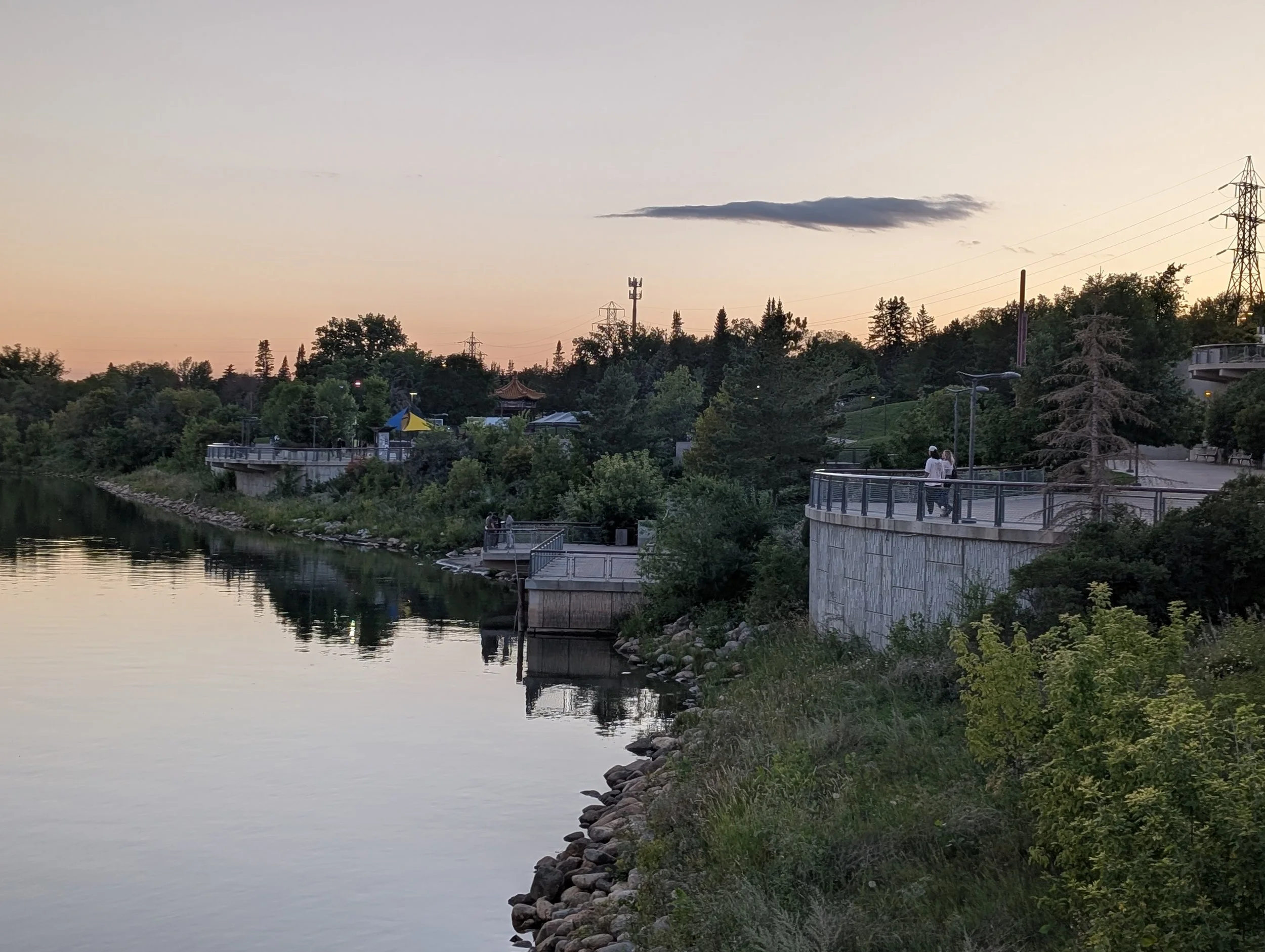The RFP Process
JUMP TO:
MORE DEVELOPMENT SECTIONS:
THE REQUEST FOR PROPOSAL PROCESS
Finding Consultants and Contractors
Once you’re ready to find suppliers and contractors to help you with the technical tasks of developing your park project, you might consider a tender or bid process to help you select. There are a number of factors to consider when selecting vendors, including proximity, knowledge, experience, and of course, cost.
If you’re developing your project on behalf of your community’s administration, there is likely already a bid or tendering process in place. A template that includes legal requirements is a great place to start, but developing a bid document that attracts and helps select the right vendors takes some planning.
About Developing Request Documents
Depending on your needs, some request documents might be more appropriate than others. Ideally, you want the process to be fair and get the results that you need as efficiently as you can. Different bid documents suit different requirements, and selecting the appropriate one for the situation is the first step.
-
For use when you have very defined requirements for a project and want vendors to submit price lists or costs to provide a defined service. This process works best when you are seeking the best price for a good or service from a list of suppliers.
-
For use when you are in the early planning stages of the project and need more information on what is available in the market. This might include techniques, materials, or processes that you are unfamiliar with, and may also include cost estimate information that can help you draft your budget.
-
For more complex projects with general requirements, but different approaches to providing the deliverables. A RFP is best used when the cost of a project is not the main consideration for a successful bid. RFPs can be complex or simple but are generally more complex than RFQs. This process can allow for some flexibility in scope and deliverables to accommodate a wider range of proposed solutions.
Tips for Developing Your Request for Proposal (RFP)
Take the time to identify and clearly outline the scope of the project. Be as specific as possible about the deliverables you expect, and describe areas where expert direction is required. Think about the timelines for the project, and be as upfront as possible about your deadline expectations.
Ensure the document you prepare is concise, and that the deadlines, deliverables, goals of the project and the selection criteria are stated clearly. Think about whether you want to include a conference call with proponents to go over any complicated parts of the project in more detail.
Consider how to promote your project to potential vendors: is the tender to be posted online to anyone interested in submitting a bid? Are there consultants you wish to notify personally? Do you have contacts that can help you share the RFP with their own suppliers and consultants? This process can take time, so ensure that the deadline for proposal submission is reasonable.
As part of the process, include an outline of how proposals will be assessed. How much weight will be given to each asset that the proponent brings to the project? Be clear and try to objectively analyze proposals based on a guiding framework to ensure best results.
NETWORKING
& The Benefits of Going Local
Your project might be unique to your community, but likely something similar has been done somewhere, so why not learn from the experience of others?
Networking before you start project development can shortcut the “learning through experience” process by learning through the experience of others.
ASUPCA members share information and resources between themselves frequently, using their regular meetings to talk about their projects and the challenges they have.
Are there opportunities for you to join a conference, take a course, or reach out to an organization that could help you find valuable resources?
Did you see a document online from another community that could meet your needs?
Finding resources from other experts is simpler than it once was, but the value in creating personal networks with others in the industry remains the same: it could help you take a project plan to the next level, or help you find a vendor or supplier with the right knowledge to help you.
When it comes to developing a supplier list, besides the value of networking and local referrals, there can be significant benefits to finding someone local, even if the cost might be higher.
For example, expert knowledge about and sourcing for the right trees for your soil zone and climate could contribute to higher tree establishment rate. A vendor knowledgeable about the conditions in your climate zone could lead to tree selection that greatly reduces maintenance, and the risk of disease or weather damage. Consultants or suppliers that work in your area are often more accessible should problems arise or project needs change.

CHECKLIST ITEMS
Review and if needed update your RFP development process to incorporate best practices for contacting and evaluating vendor proposals.
Research regional or provincial conferences or organizations to start a referral network. Reach out to local, regional, provincial and national organizations that represent professionals that could help you on the projects you want to develop.
Meewasin Valley Trail, Saskatoon





